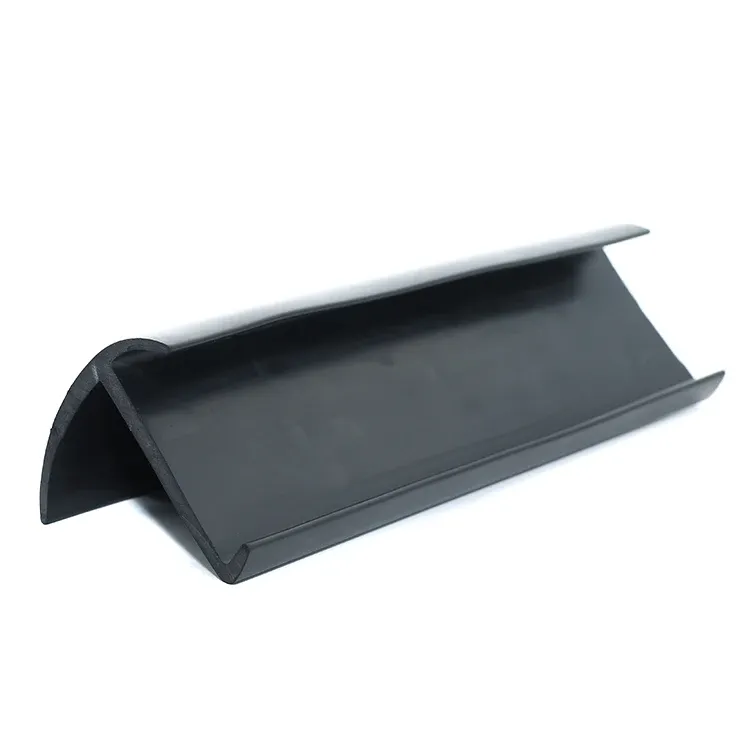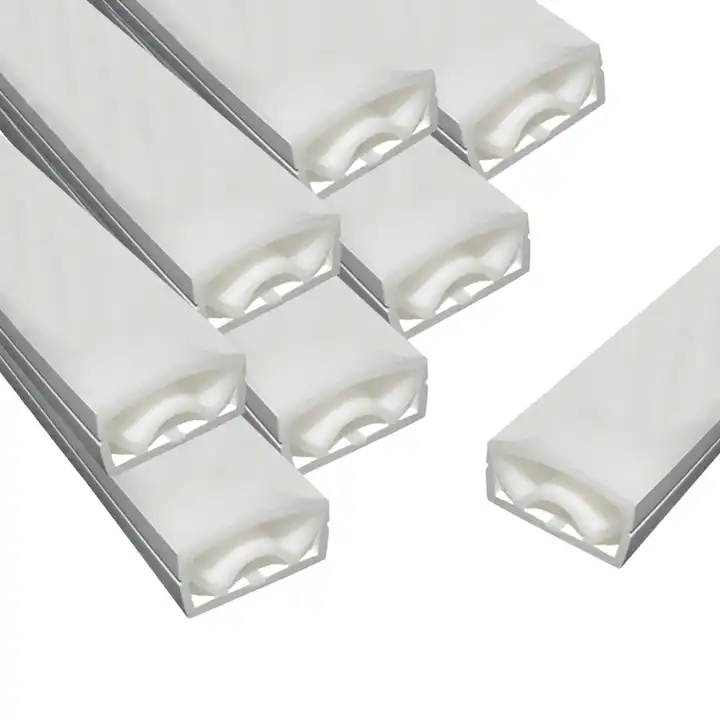One of the key advantages of 600W solar panels is their efficiency. Thanks to advancements in photovoltaic technology, these panels can convert sunlight into electricity at higher rates. Enhanced materials and designs, including bifacial technology and improved cell efficiencies, have contributed to the increased wattage. Bifacial solar panels, for instance, can capture sunlight from both sides, leveraging reflected light from the ground, which significantly boosts energy output. This technology is particularly beneficial in areas with bright, reflective surfaces, such as snowy terrains.
 Home
Home












